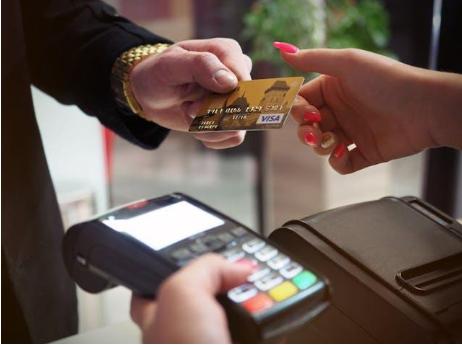Keeping your bank balance healthy can feel like a constant challenge. Bills pile up, unexpected expenses appear, and it’s easy to lose track of where your money is going. If you’re not careful, you can find yourself dipping into savings or even going into debt just to get by. The good news is that with the right habits, you can keep your finances in check and reduce the stress that comes from living paycheck to paycheck.
1. Use Remote Debit Card Funding for Convenience
One way to better manage your cash flow is by taking advantage of remote debit card funding. This allows you to add money to your account without having to visit a bank branch, which can be a real time-saver if you have a busy schedule.
It also helps you make quick deposits when you need to cover bills or avoid overdrafts. Being able to move money into your account instantly gives you more control over your balance and helps prevent last-minute financial scrambles.
2. Open and Manage Personal Checking Accounts Wisely
Having one or more personal checking accounts can make a big difference in how you track your spending. You might use one account for fixed bills and another for day-to-day expenses. This separation helps you avoid mixing essential payments with discretionary spending. It also makes budgeting easier, since you can see how much is available for different parts of your life.
Make sure to choose an account with low fees and user-friendly online tools so you can manage your money more efficiently.
3. Track Every Dollar You Spend
It’s surprising how much money slips away unnoticed. Small daily purchases like coffee, snacks, or ride-sharing can add up quickly. By tracking all your expenses, whether, through a budgeting app or a simple spreadsheet, you can spot patterns and make better choices. This habit not only helps you stay within budget but also gives you a clearer idea of where you can cut back without feeling deprived.
4. Set a Minimum Balance Goal
Instead of letting your account balance drop dangerously low, set a personal “do not go below” limit. Treat this like a financial safety net. For example, if you set your minimum balance at \$500, you know that dipping below it means you need to slow down your spending.
Over time, you can increase this limit, which will help build a buffer for emergencies and make your financial position more stable.
5. Automate Your Savings
One of the easiest ways to grow your balance is by setting up automatic transfers to savings. Even small amounts like \$20 a week can add up over time. Automating savings takes the decision-making out of your hands, making it less likely you’ll skip a deposit.
You can align these transfers with your paydays so that saving becomes a built-in part of your routine rather than an afterthought.
6. Plan for Irregular Expenses in Advance
Unexpected costs like car repairs, medical bills, or annual subscriptions can drain your balance quickly if you’re not prepared. To avoid this, set aside money each month in a separate fund for these irregular expenses.
That way, when they do come up, you won’t have to touch your main balance or use credit cards. Thinking ahead in this way helps you maintain stability even when life throws you a curveball.

